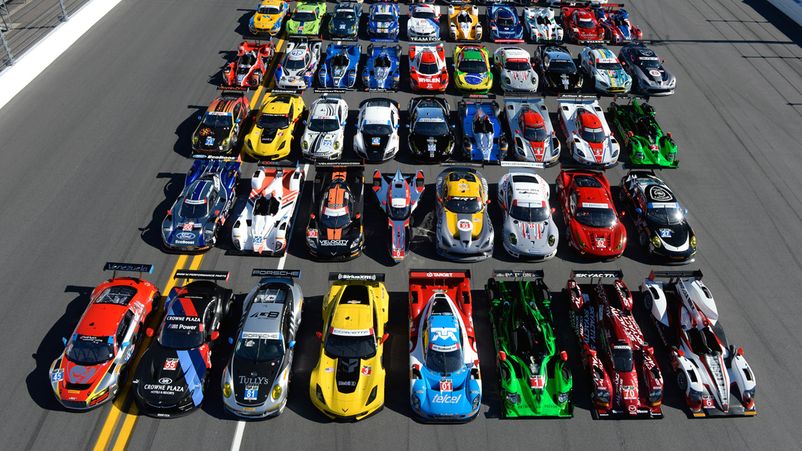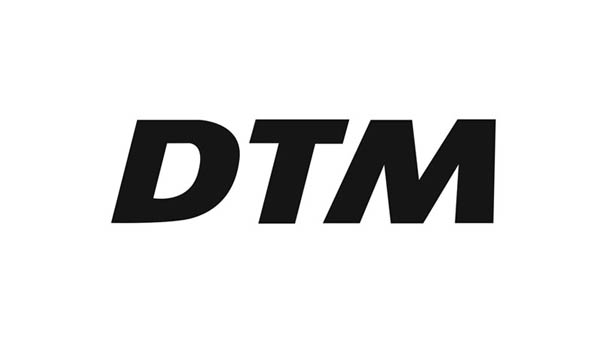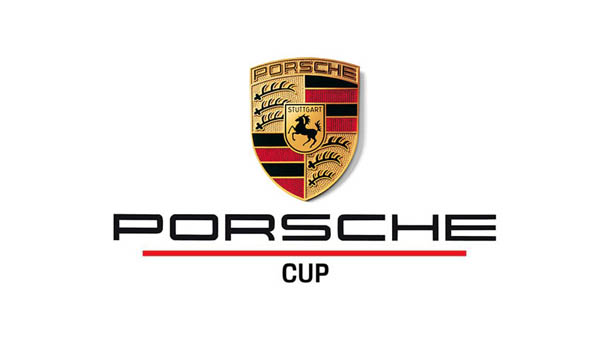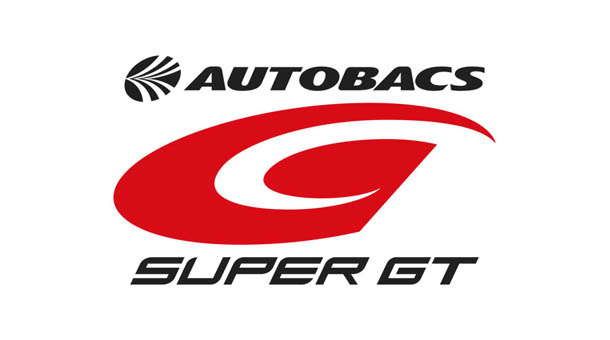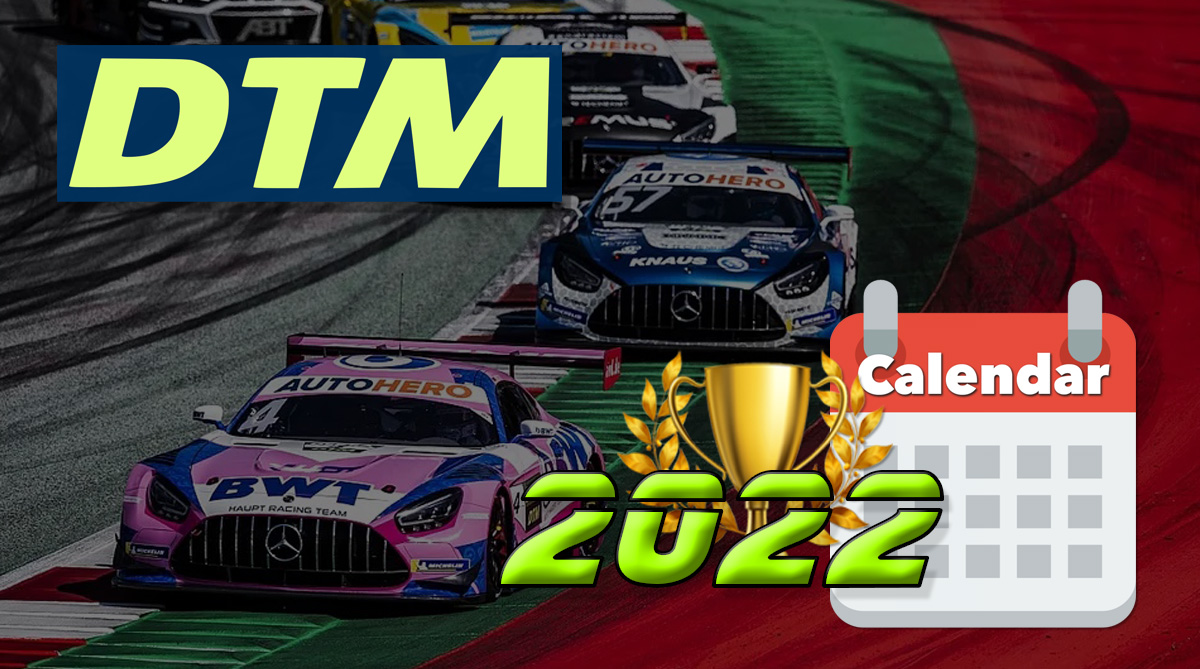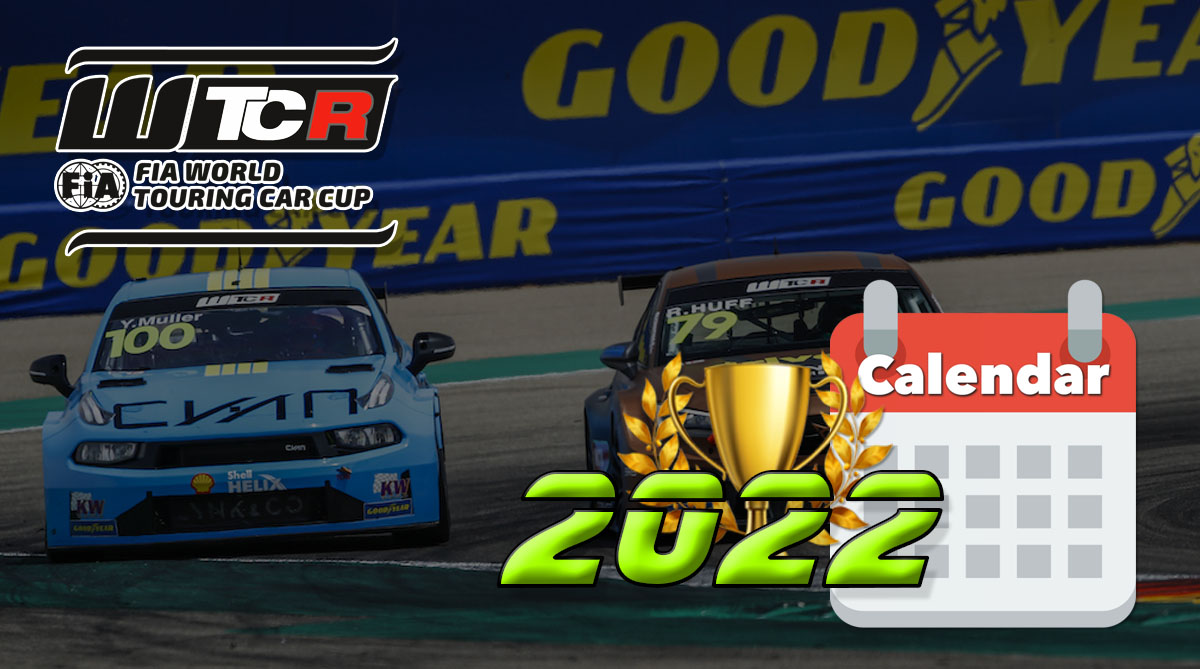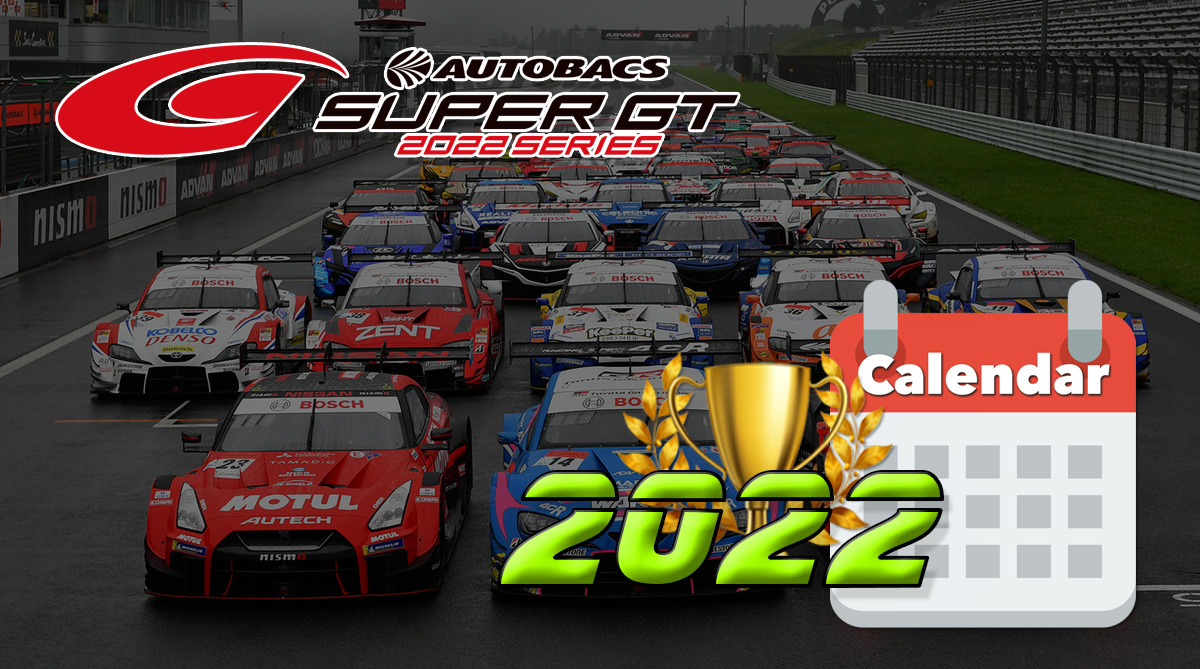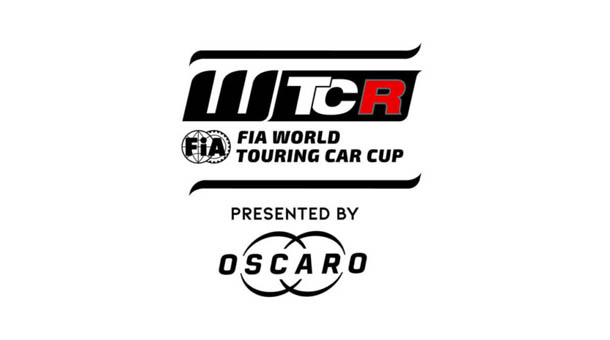The German touring series "DTM" (Deutsche Tourenwagen Masters) was rightfully considered the fastest and most spectacular in Europe. Gathering tens of thousands of motorsport fans and representatives at TV screens, Audi, BMW and Mercedes, competing for a prestigious trophy on European tracks, inviting to the steering wheel of “prototype silhouettes” titled drivers, winners of Formula 1 and Le Mans marathons.
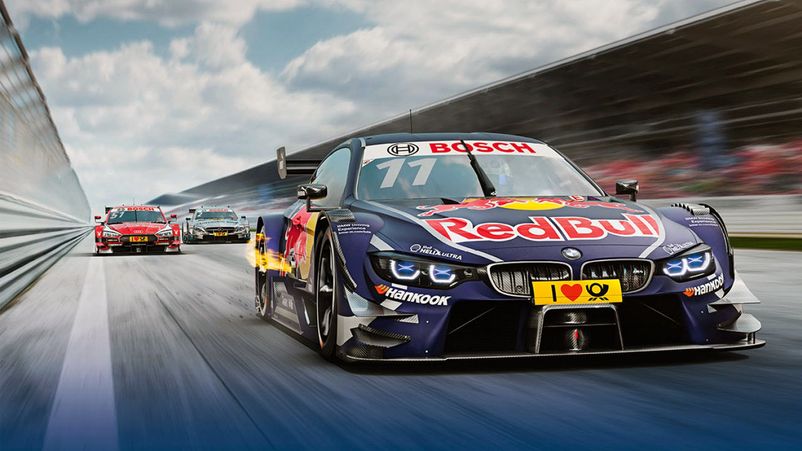
HISTORY of occurrence OF DEUTSCHE TOURENWAGEN MASTERS (DTM)
DRM (1972-1985)
At the origins of the modern DTM race is the Deutsche Rennsport Meisterschaft, organized in 1972 and gained global recognition in the late 70s. After attracting modified "serials" - 600-horsepower "monsters" participated in circular races at the Nurburgring, competed with Super GT.
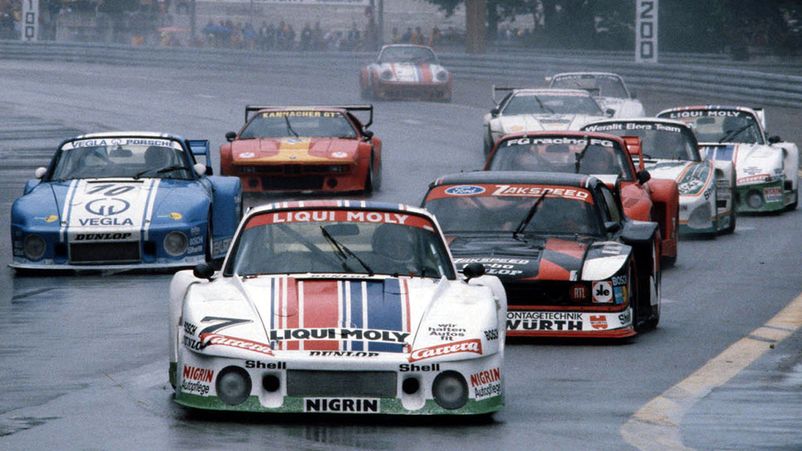
Particularly impressive were the out-of-competition tests with F1 cars at Paul Ricard, where touring cars proved their superiority.
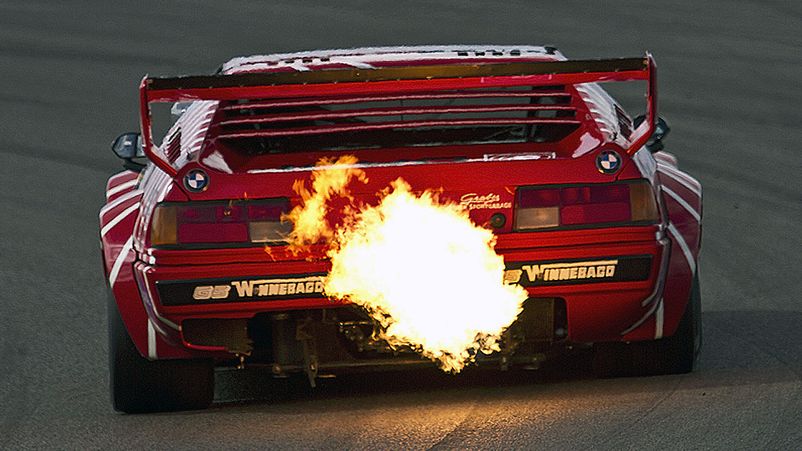
The shift in emphasis towards expensive and already exclusive sports prototypes led to the decline and the birth of the DTM, which later turned out to be more democratic financially and abolished the class division.
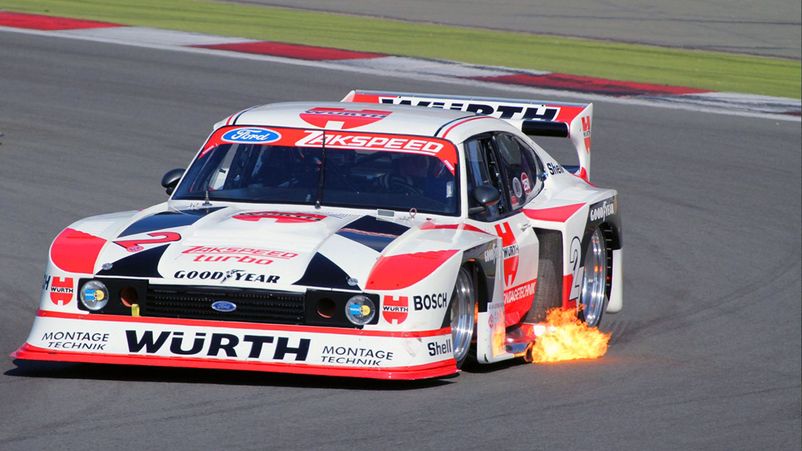
Designed as a national and open source, DRM divided participants into 2 and 4 liter groups. Success came with the introduction of modified factory cars, but more attention was paid to sports prototypes, and "bodies" began to be raced mainly in rallies. Having become uninteresting and not gathering at least some audience, it was finally liquidated in 1985.
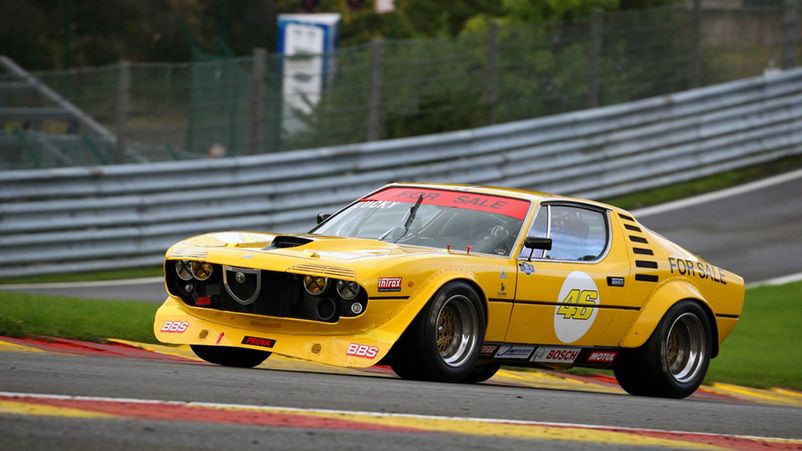
DEUTSCHE TOURENWAGEN MEISTERSCHAFT (1984-1996, "OLD" DTM)
In 1982, the FIA approved the reorganization of classes and "special series" fall into Group A, which lasted until 1994. In 1984, on the basis of the DRM regulation, a united category body championship was created in which Chevrolet, Alfa Romeo, Rover, Volvo, Ford compete, sometimes driven by Formula 1 pilots, which fuels spectator and commercial interest. Spectators also had free access to the boxes.
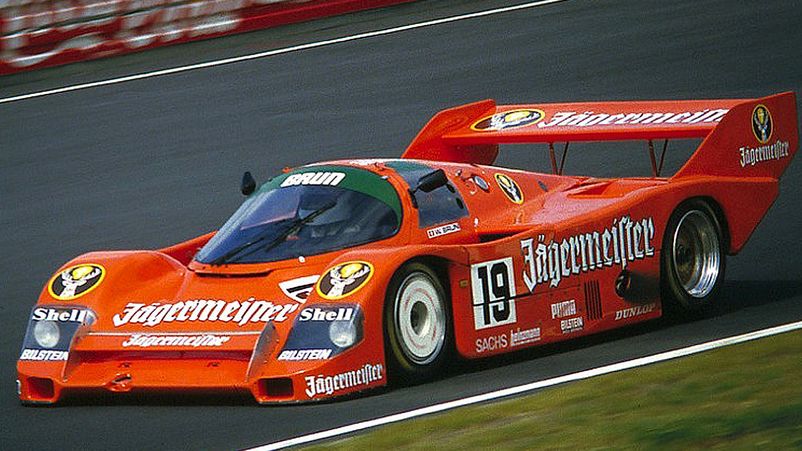
The official name was received in 1986 after entering the management of the ITR promotion company (led by the boss of Mercedes-AMG), and a year later, with the advent of BMW, it turns into a competition for auto giants. This caught the attention of the television broadcasting live, and the increase in ratings was followed by the signing of contracts with major sponsors such as Diadora and Telcon.
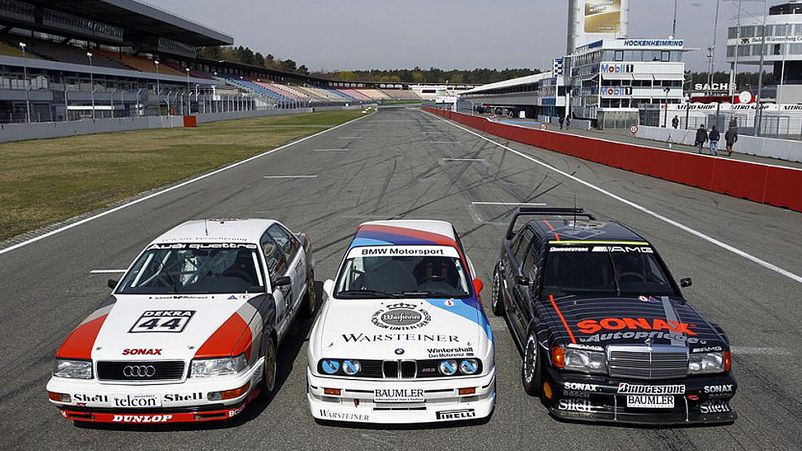
At the same time, heated arguments were going on inside over the rules. In an attempt to “equalize” turbocharged and naturally aspirated engines, power factors changed. The appearance of Audi with a 3.6-liter V-shaped eight marked the beginning of the “engineering war”, which resulted in huge financial expenses (up to $ 250 thousand per weekend for one car).
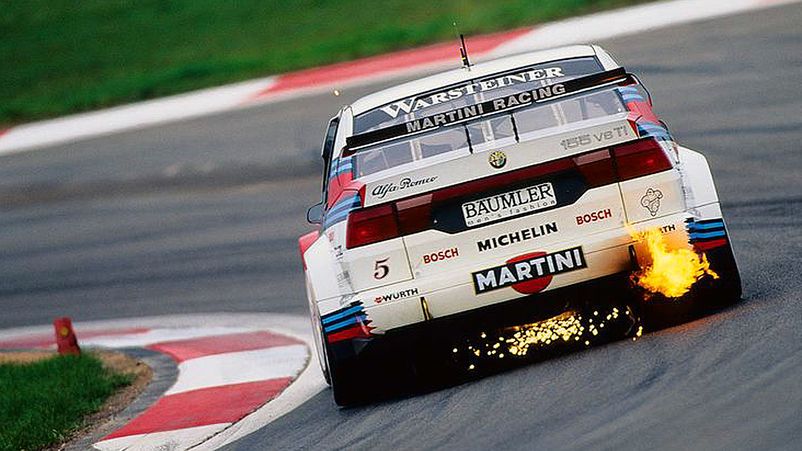
As a result, Ford and Opel left the competition, BMW and Audi threatened to leave (which they did a little later).

The conflict was settled in the 1992 season by the organization of two subgroups, the "eldest" of which got the opportunity to modify the suspension, engine, transmission, use carbon fiber. The 155th Alfa Romeo model stood out with all-wheel drive, a 2.5-liter V6 engine and 500 “horses” and ultra-modern electronic filling from Ferrari, borrowed from a formula car. She got the nickname - "F1 in the body."
The "younger" not able to compete in budget and entertainment with the sponsor’s "stables" then organized the German super touring STW (from 1994 to 1999).
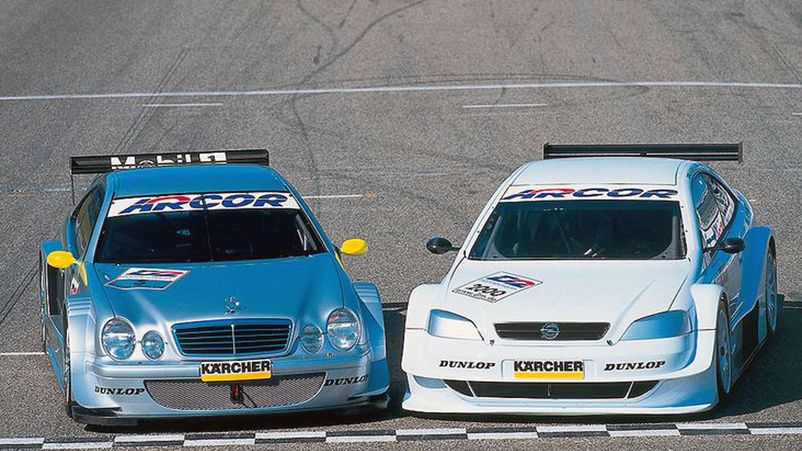
Other automakers followed the Italians, Opel returned, demonstration performances were held all over the European Union. Having received a powerful impetus, with the aim of reaching the world level, control was transferred to the FIA. Sports officials showed themselves to be bad and greedy managers: the regulations allowed more modifications (bringing the cost of a prepared car to $1 million), the main income went to the association's treasury, causing losses to everyone else.

The prices for TV were raised because of which most channels, including Eurosport, stopped broadcasting and covering events. For fans, tickets have risen in price and access to the team's motorhomes has been significantly limited.
The 1996 season included road shows in Japan and Brazil, which proved to be too expensive for Opel and Alfa Romeo. In addition, the last did not have sales markets in these countries, so it was not interested in expanding the geography of auto racing.
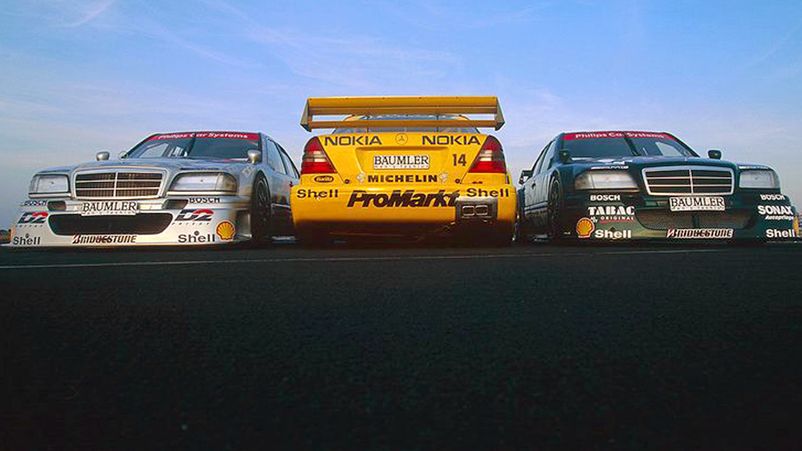
Friction escalated into threats of sanctions, but the manufacturers themselves left, only Mercedes-Benz remained, and the next year the races did not take place.
"NEW" DEUTSCHE TOURENWAGEN MASTERS
The period from 1997 to 1999 was spent in persistent negotiations on the revival of the DTM, which were conducted between automakers interested in the popular touring car competition and saw it in different formats: Alfa Romeo did not want to “ride” in the German championship, BMW insisted on an international form , Audi promoted its quattro 4WD brand as the titular name. Mercedes announced its readiness to continue the "battle of engineers", but Opel was categorically against it.
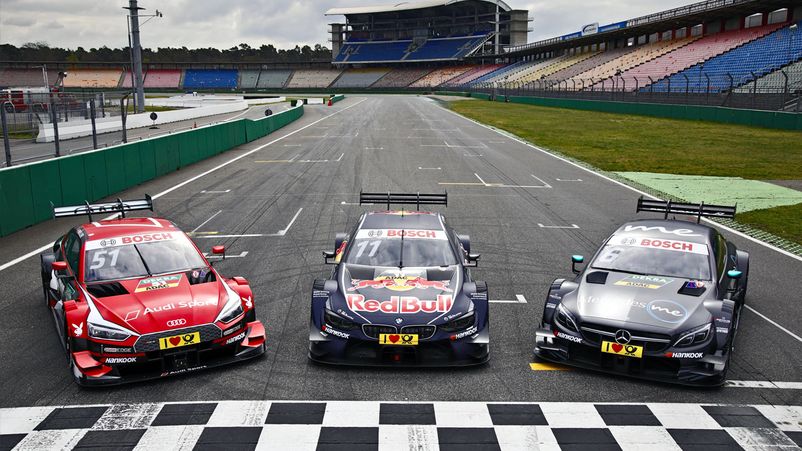
In 2000, the opinion of Opel won, agreeing with Mercedes to organize the Deutsche Tourenwagen Masters, based on the principles of low monetary cost of participation in the “prototype silhouette” competition. The organizers took into account the negative experience of the past years, relying on a number of restrictive measures for improvements, but tried to keep the high-speed qualities of cars.
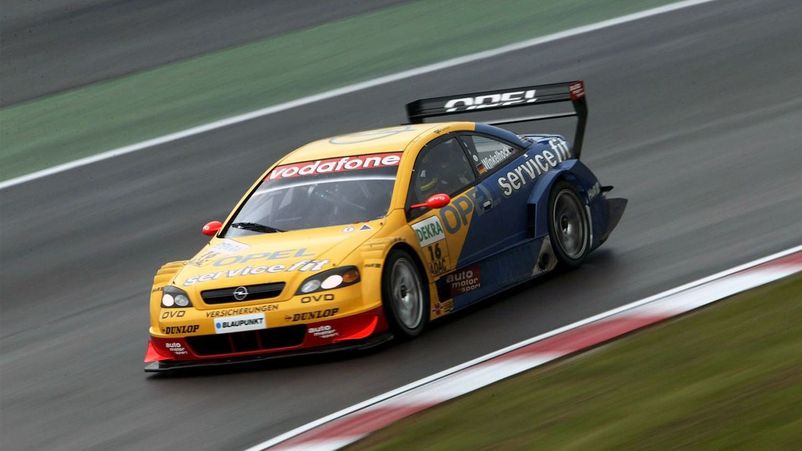
The ITR promoter again took over the leadership, and in the debut season, Audi, Opel and Mercedes “went”, while the “four rings” were represented by private teams, and not factory teams. Having become the most authoritative touring championship in Europe, the DTM began to be held outside Germany and returned to the online broadcasts of sports channels. 2012 turned out to be a landmark year, marked by the return of the BMW automaker after an 18-year break. The "Big German Three" converged on the tracks again, attracting a significant audience and raising the level of competition. It is likely that 2018-2019 will bring changes to the current format as Mercedes AMG is about to move into Formula E, where auto racing is held on electric cars.
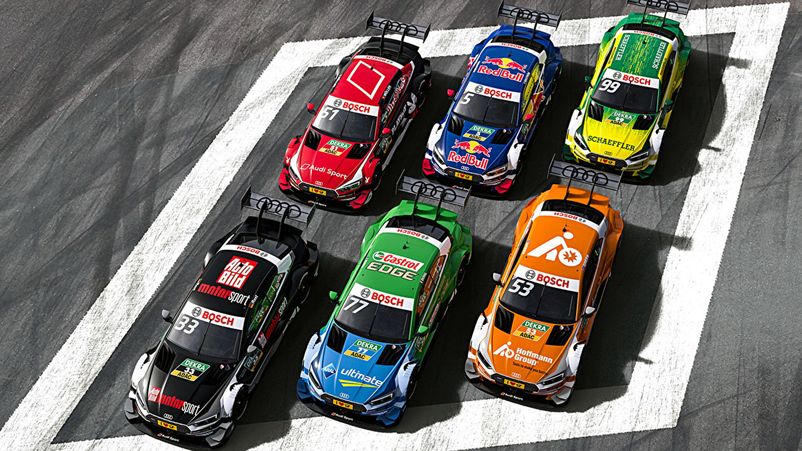
CHAMPIONSHIP FORMAT AND DTM RULES
In different years, from 9 to 11 DTM stages are organized, but the initial and final stages are mandatory at the Hockenheimring. The weekend lasts three days and includes Friday (practice), Saturday (free practice), 20-minute qualifying, a 55-minute race and one lap (with a regulated pit stop and 4 tire changes) and Sunday (the program is identical to Saturday ). In the 2017 season, innovations came into force: reduction in the number of participants to 18; ban on communication "team-racer"; provision of controlled 20 days for "out-of-competition" test-training tests.
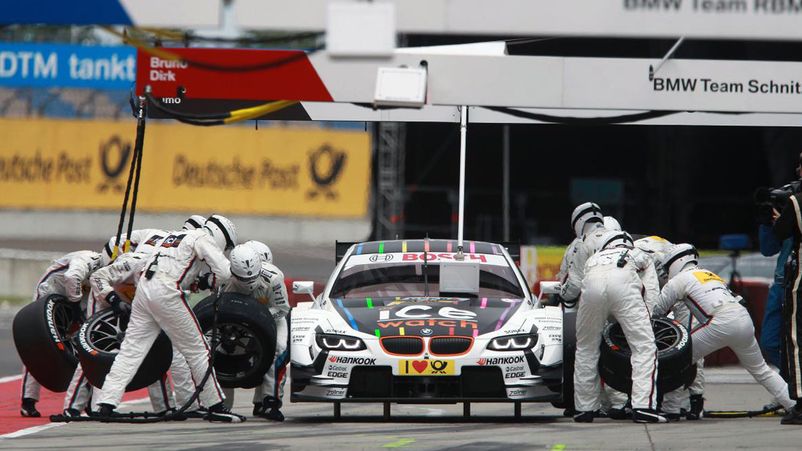
Pair qualifying races are held before the tournament according to the "formula" rules with phased screening, and the riders start 8 meters apart each other. The top three in qualifying receive points (3 points for the minimum time, the second result - 2, "bronze" - 1), ratings are evaluated according to FIA standards and points are awarded to 10 drivers. The leader gets 25, the second, third and fourth each get 18, 15 and 12, from the fifth to the tenth - 10, 8, 6, 4, 2 and 1.
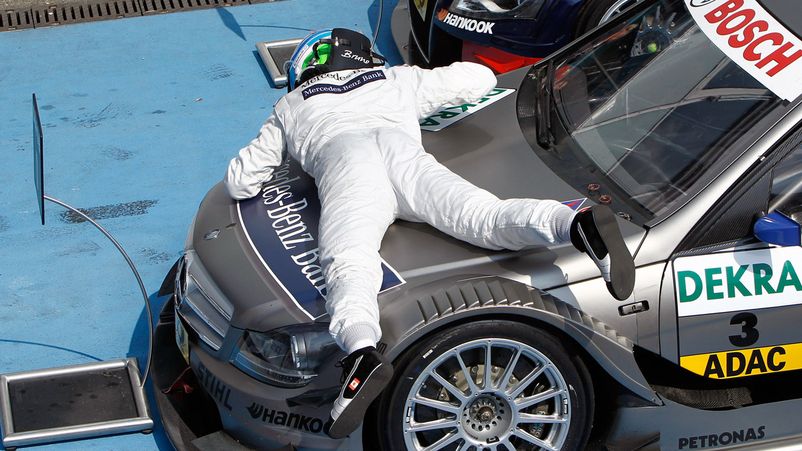
TECHNICAL FEATURES DTM
It is allowed to update the model range only once every three years, the requirements for equipment are clearly standardized, homologations are limited and tightly controlled:
- "Silhouette-prototypes" are only outwardly copies of cars that came off the assembly line, thanks to body panels, "dressed" in the pit lanes, but from the common thing in the body they only have headlights. Length - 4.8 meters, width - 1.85 m, height - 1.2 m, ground clearance - from 0.5 cm, wheelbase - 2.795 m. Only one car is allowed to be used during the year.
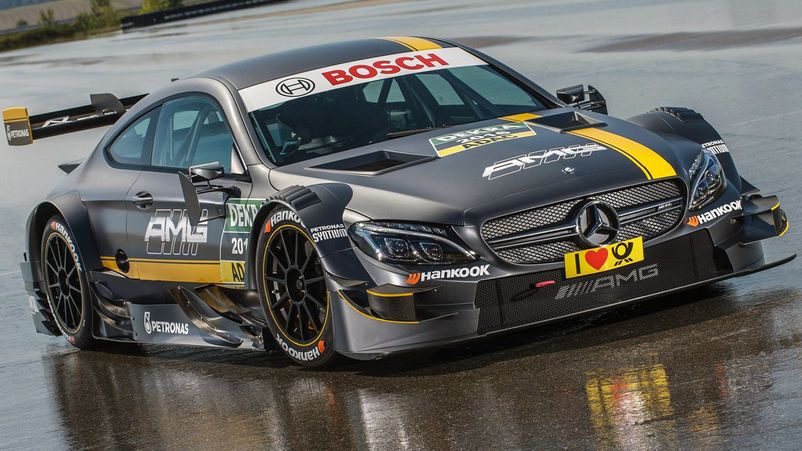
- The location of components and assemblies has been changed to achieve an ideal weight distribution along the axes and ensure the lowest possible center of gravity. All glass has been replaced with shatterproof plastic. Frame protection and "Protection system of the neck and head" - HANS are used.
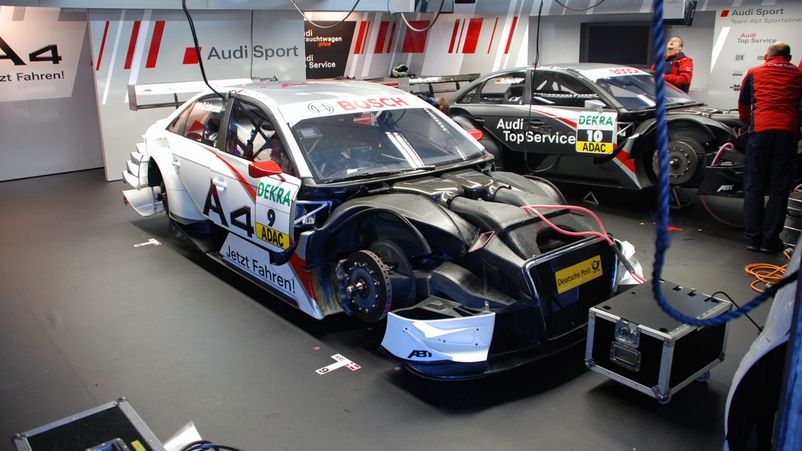
- 2018 will be a farewell year for the 480 horsepower 4.0-litre V8 (500 from 2017) that has been installed since inception. It will be replaced by a 2.0-liter turbocharged 4-cylinder unit that complies with GT500 regulations. It is possible to prepare 3 motors for two cars, which are sealed 15 days before the start and further intervention for minor repairs is carried out in the presence of a DTM representative (overhaul is prohibited).
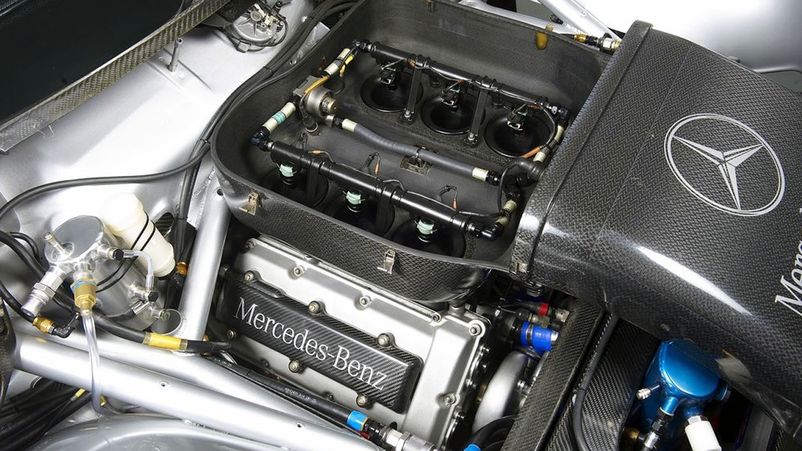
- Among the aerodynamic elements, it is permissible to use a splitter (front), a two-element wing (rear), diffusers (bottom).
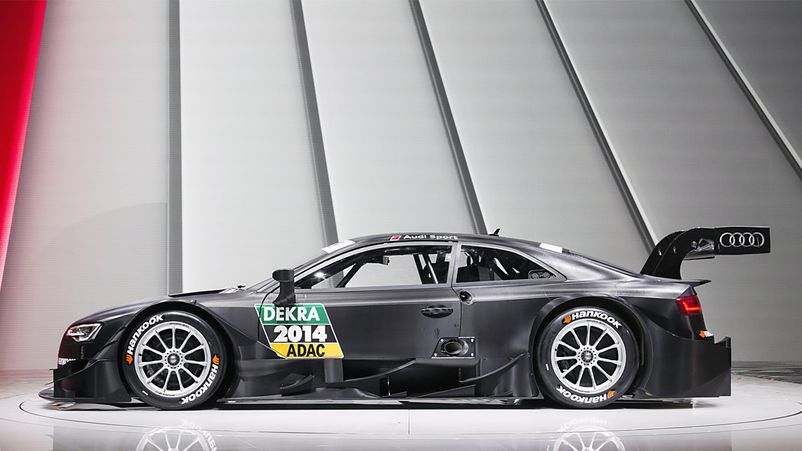
- Independent racing suspension is similar in parameters to the "formula".
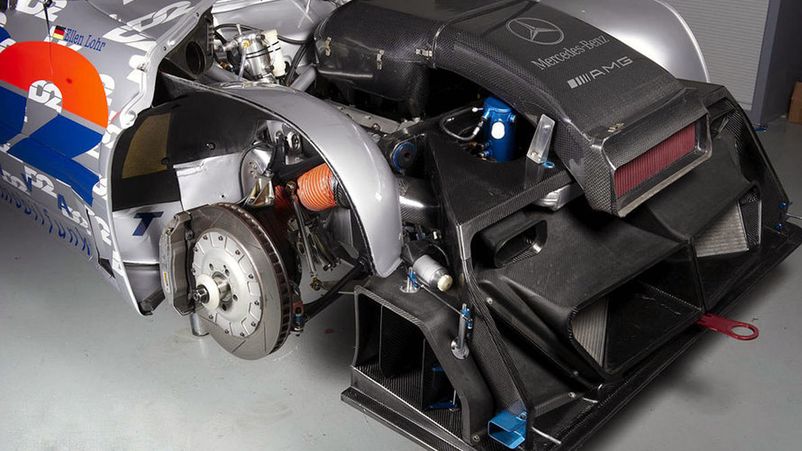
- It uses rear-wheel drive and a 6-speed sequential gearbox, a standard model, manufactured by Xtrac or Hewland. Power steering column.
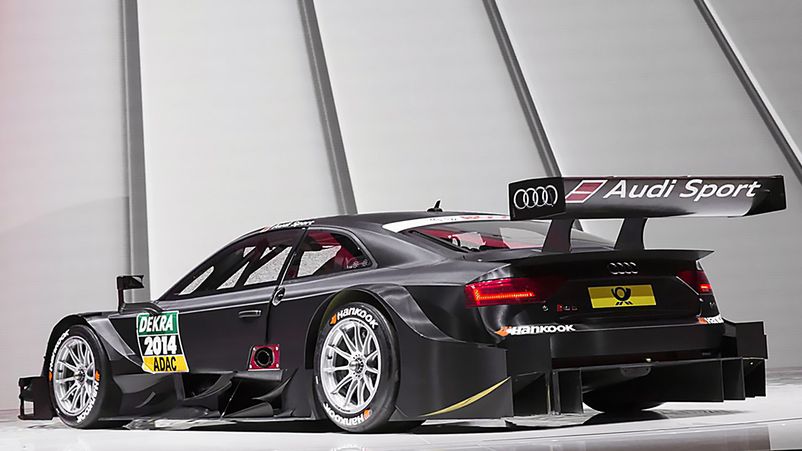
- Carbon fiber brake discs (3 sets per year), light alloy pads (9 sets).
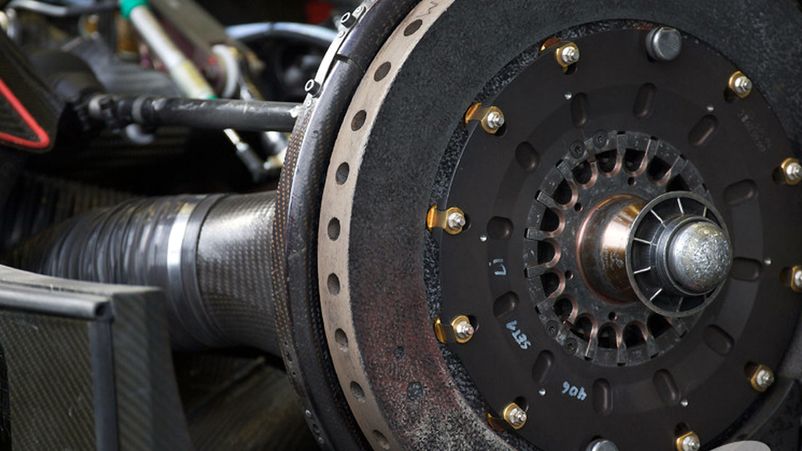
- R18 tires from Hankook (8 sets per weekend).
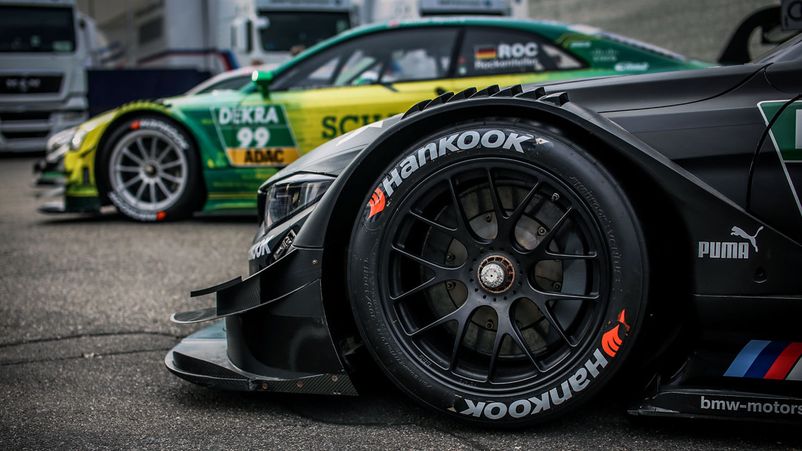
- The electronics in the DTM are made by Bosch, electronic assistance systems and telemetry are excluded.

DTM ROUTES
The German DTM Touring Series is run with national and international stages:
HOKKENHEIMRING (FEDERAL LAND OF BADEN-WURTEMBERG)
4.574 km - the main circuit starts the tournament and holds the final. Famous for numerous crashes and 6 pilot deaths despite changes to improve safety in configuration.
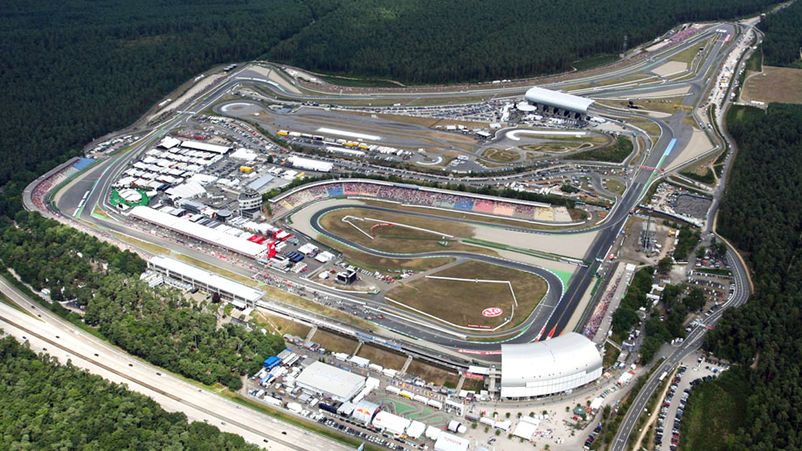
EUROSPEEDWAY LAUSITZ (BRANDENBURG LAND)
4.345 km (main) and 3.256 km oval racing circuit, the only one in Europe. They tried to use it, but the rubber was not suitable for a long turn and provoked two collisions with the chippers.

HUNGARORING (HUNGARY)
4.381 km - is considered a slow and tight track, inconvenient for overtaking, so dangerous incidents are regular.
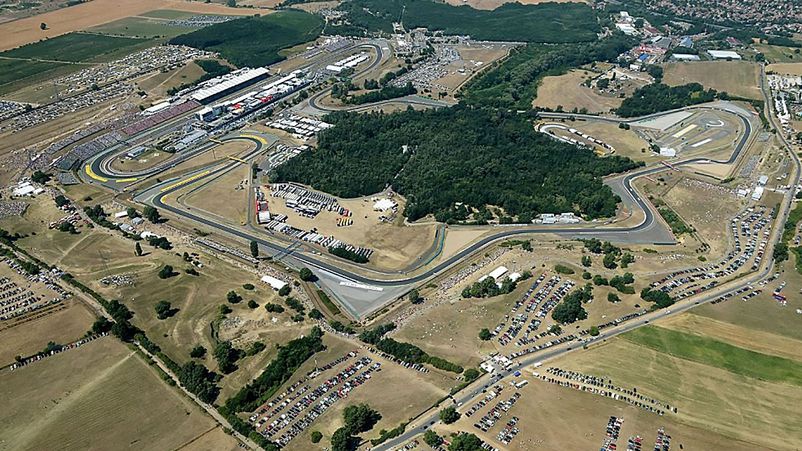
"NORISRING" (NURNBERG)
2.3 km - a narrow street track with an emergency turn after a high-speed straight and constant collisions. Including the death of 2 drivers.
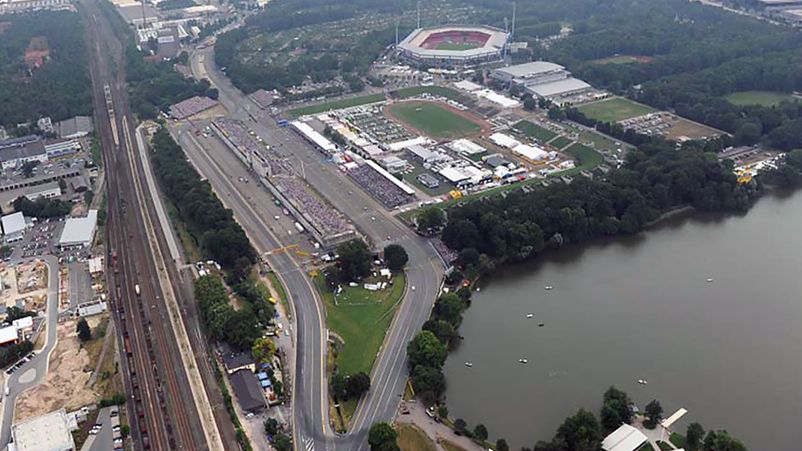
ZANDVORT (NETHERLANDS)
4.307 km - high-speed circuit with wide turns and good overtaking opportunities, resulting fatal crashes (13 people).

Nürburgring (Rhineland-Palatinate)
5.148 km - DTM uses a configuration of 3629 meters. Difficult track with a varied combination of blind and slow turns, high-speed straights.
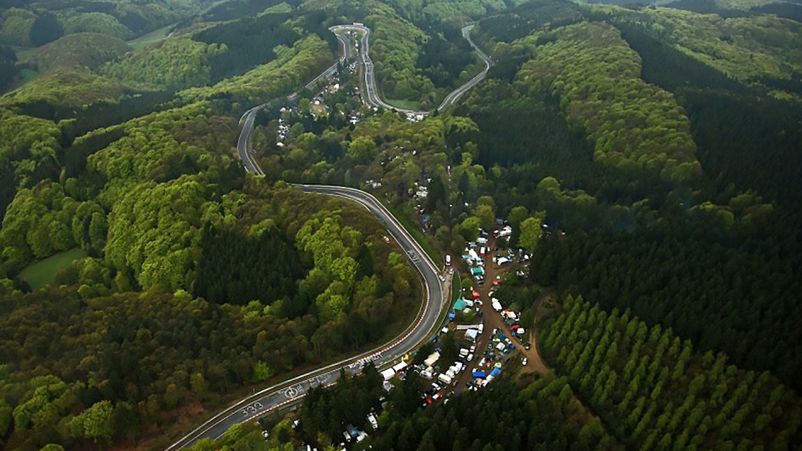
"A1-RING" (AUSTRIA)
4.318 km - a fast track that allows you to overtake rivals in several places.
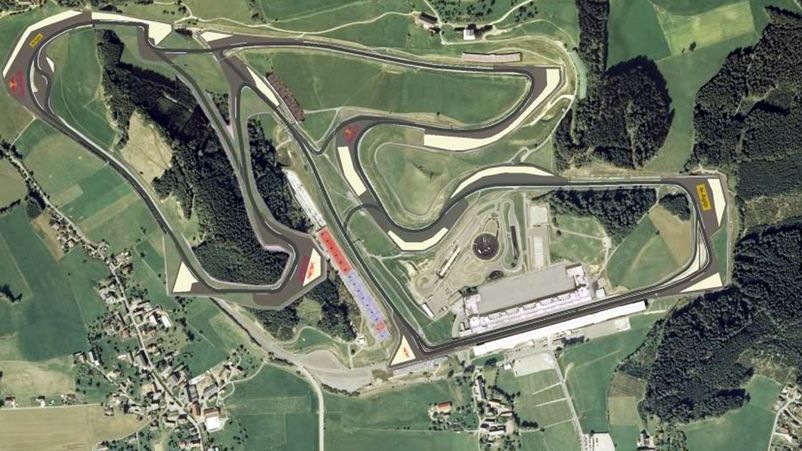
"BRANDS-HATCH" (GREAT BRITAIN)
3.908 km - DTM races are conducted on the small Indy ring (1929 m), with a turn at the exit to the large ring. Excellent visibility from the stands. Racing returned to the stadium in the 2018 season.
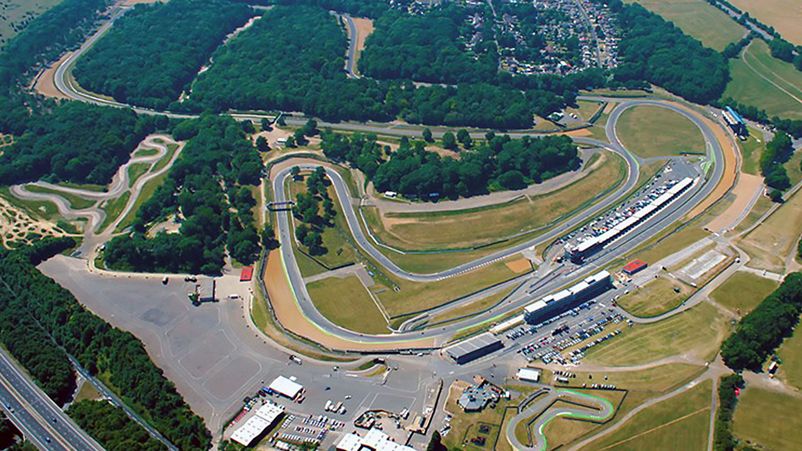
"MISANO" (ITALY)
4.064 km - the "T"-shaped fast track is also returning after a long absence.
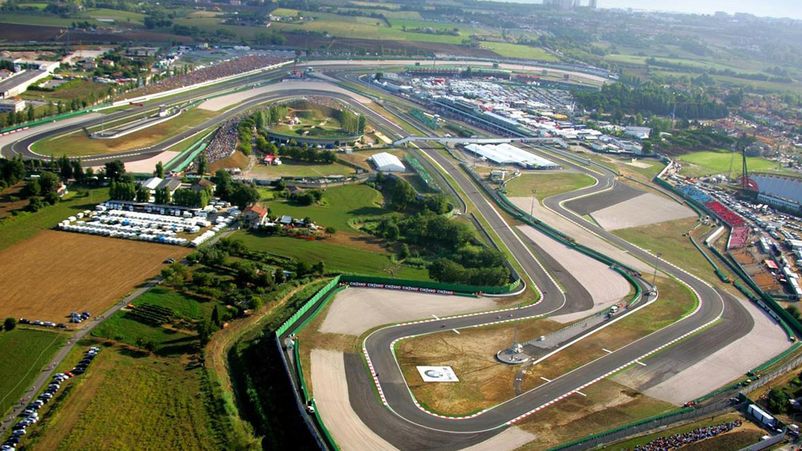
In some seasons, they tried to organize stages at other circuits, but they turned out to be one-time cases and did not take root in the championship. For example, the "Bugatti Ring" in Le Mans (the owners did not like it), the Ricardo Tormo track in Spain (cramped), the "boring" Oschersleben track driving school in Germany. They were also held on the Spanish "Barcelona-Catalunya" and the Italian "Mugello".
FAMOUS PILOTS
Over the long years of its existence, many talented racers have participated in it:
Christian Abt
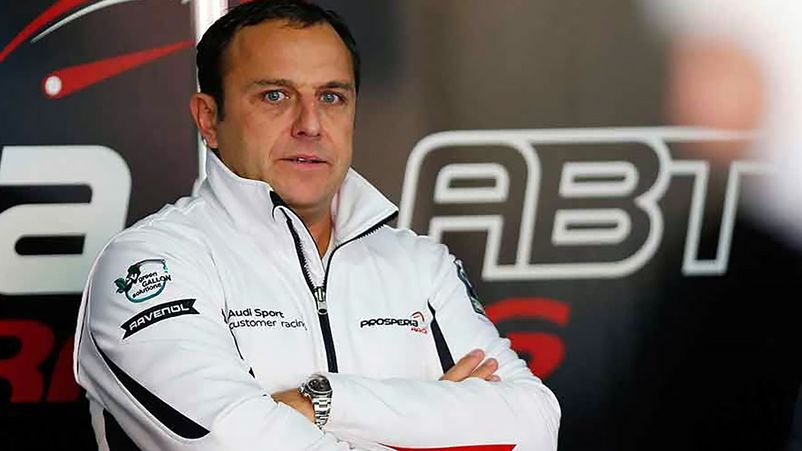
Manuel Reuter
Uwe Alzen
Gary Puffett
Jamie Green
Timo Scheider
Stefan Mücke
Alexander Prema
Roberto Meri
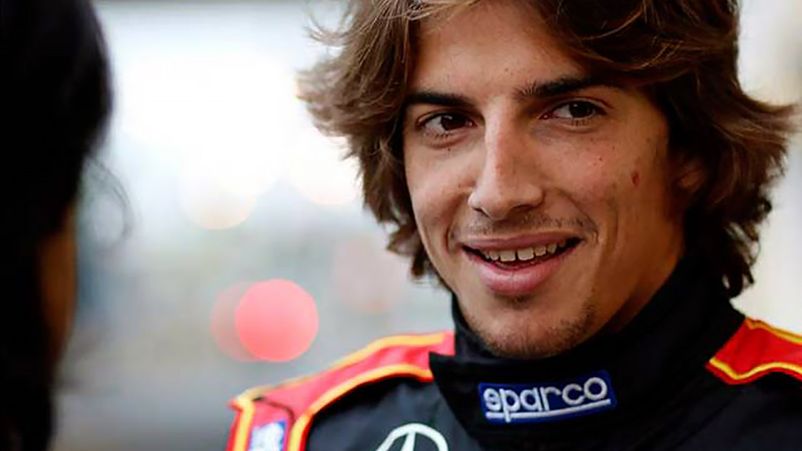
Vitaly Petrov
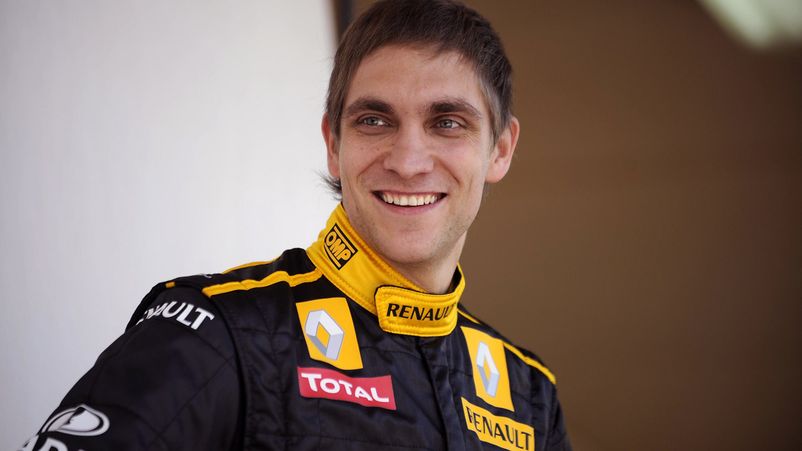
Esteban Ocon (19-year-old GP3 winner)
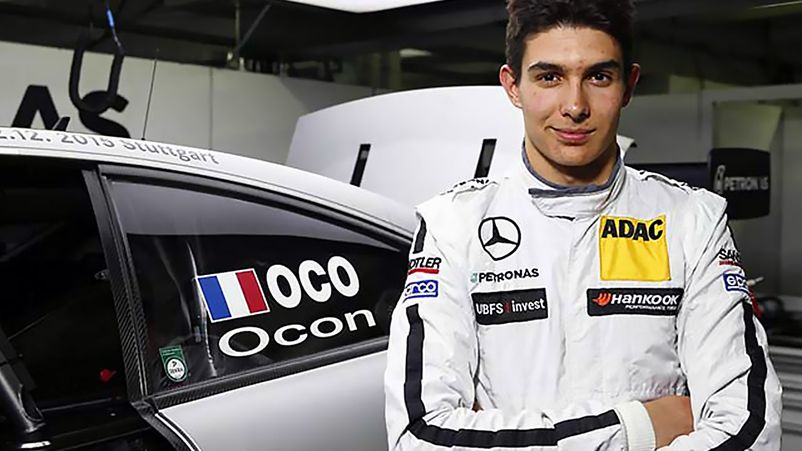
CHAMPIONS
Pascal Wehrlein
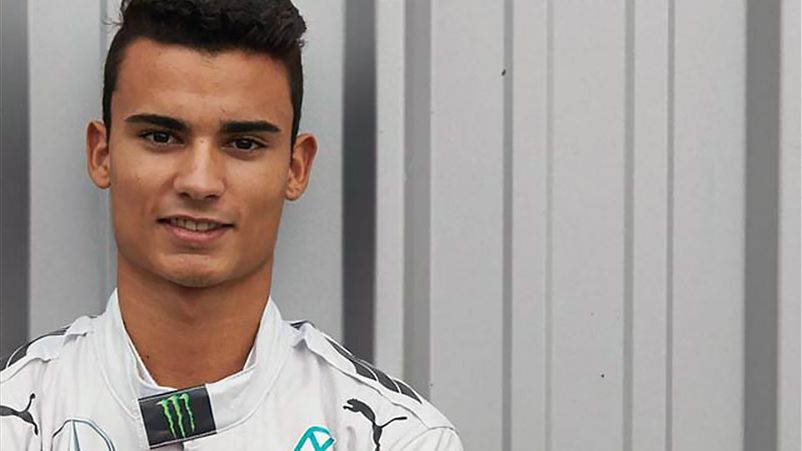
Bruno Spangler
Martin Tomczyk
The names of Matthias Ekström (2 championship titles), Bernd Schneider (5-time champion), Klaus Ludwig (nicknamed "King Klaus", named for many victories in touring tournaments, of which 5 in DTM), Tom Christensen ("King of Le Mans", 9-time winner of the "automarathon") are known all over the world.
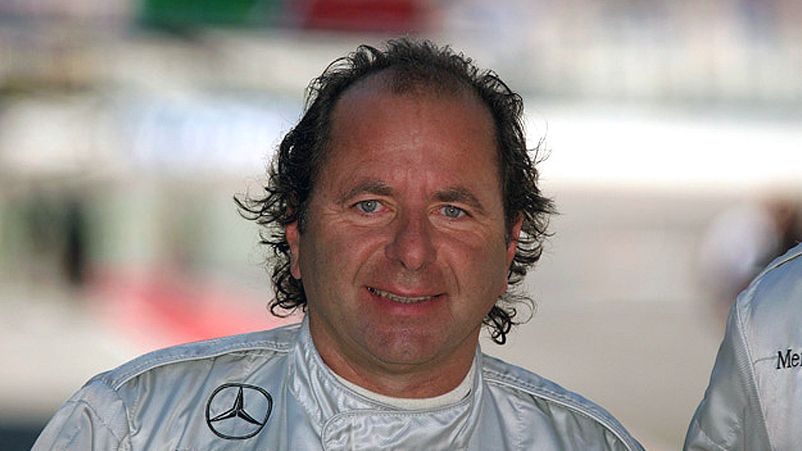
Additional fame was brought by the participation of F1 pilots Antonio Giovinazzi, Paul di Resta, Timo Glock, Ralf Schumacher, Heinz-Harald Frentzen, Jean Alesi, David Coulthard, Mika Hakkinen.
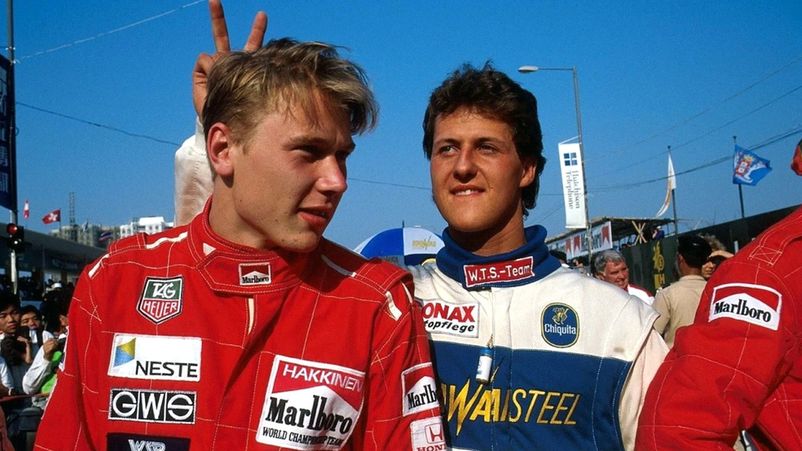
Race girls who achieve good results are also invited. Former Williams Racing Formula test driver, wife of Toto Wolff, director of the AMG Petronas Mercedes-Benz motorsport division, Susie Wolff, has been in the Top 10 several times.
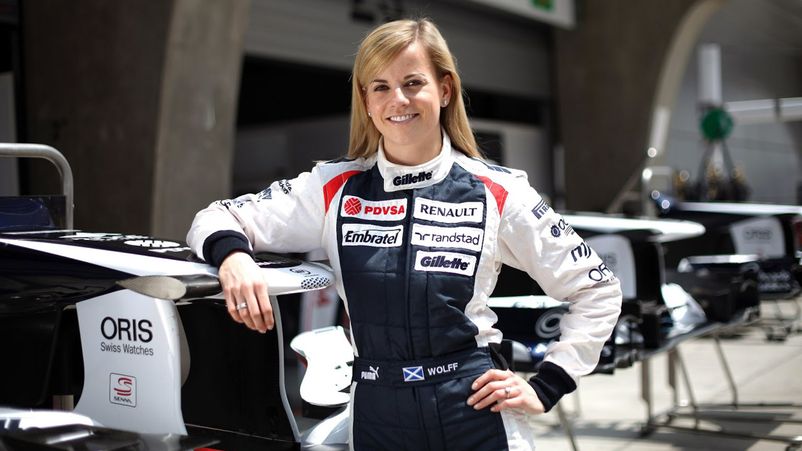
DTM DISTRIBUTION
The ITR aims to popularize the tournament by trying to reach the international level. In 2011-2012, demonstration race weekends were held in the United States. Negotiations were underway with NASCAR to hold a championship under the DTM rules overseas. However, the Americans formed the congenial United SportsCar Championship and the plans did not materialize. The cooperation with the Japanese Super GT, with which they agreed to merge from 2019, brought great results, including the change of German power plants and the unification of the regulations. As part of the partnership, demonstration combined races of two series have already been held.
